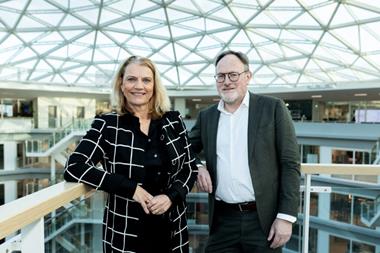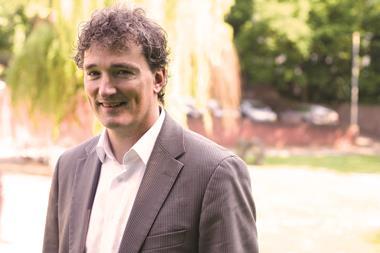NETHERLANDS - Three of the Netherlands' largest pension funds saw significant improvements to their investment returns and cover ratios during the last three months, although PME said it is still awaiting regulatory approval of its recovery plan.
Details of the pension funds' Q2 results today confirmed improvements in long-term interest rates - leading to a decrease in liabilities - and equity prices have boosted reserve coffers for the funds by at least 7% in the last three months.
ABP, the pension fund for Dutch civil servants, said its cover ratio had climbed from 90% at the end of 2008 to 98% by the end of June, having generated a 4.5% return so far this year and 6% per annum over 16 years.
More specifically, ABP said its cover ratio dropped to 83% in February but then had its best gain in May, thanks mainly to its equity and fixed income portfolios, before returning to 98% at the end of June. It is aiming to have a cover ratio of 93% by the end of this year.
That said, the ABP board has warned "against too much optimism" as it noted the financial markets are still very unsettled while a clear increase in unemployment and lack of recovery in the housing market is still generating doubts about a recovery.
China, for example, is one of the few markets which is continuing to grow, according to ABP, and smaller developing countries which rely on exports and foreign financing are finding economic conditions difficult, at the same time as short-term inflationary pressures could surface with rising unemployment.
The fund's fixed income portfolio generated a return of 4.9% in the first half of this year, while hedge funds and innovations returned 5% and other remaining investments, including equities, delivered a 4.7% return.
Property fell 6.8% while infrastructure lost 7% and private equity generated a negative return of 2.4%. Its overlay also damage returns slightly as it returned -0.4%.
Meanwhile, PME, the fund for employees in the metalworking and electrical industry, said its assets grew to €18.7bn by the end of the second quarter, and its cover ratio rose from 87% to 95% to give the fund €18.7bn in assets under management (against pension liabilities of €19.7bn).
Its total investment return in the three months beginning April was 3.8%, to life the first half return to2.3%, although its 75% interest rate hedge reduced the positive gains by 4.7% and just when the government and corporate bond spreads had lowered a fraction.
PME is still to gain approval for its five-year recovery plan - to raise its cover ratio back above 105% - though officials said the plan is currently ahead of schedule thanks in part to the 15-20% improvement in the equity markets.
At the end of June, its 56% holding in fixed income had delivered a 7.8% return while the 20% in equities produced 10.3%, while the 9% holding in property delivered a -1% return and 11% of the portfolio in alternative investments produced -1%.
And PMT, the pension fund of the metal and engineering sector, saw its cover ratio rise from 83% to 92% in Q2, boosting its assets to €29bn.
The overall positive return for the PMT fund was 2.8% in the first six months of this year, driven largely by a 12.5% gain in equities and 8.7% gain in fixed income, sparked in the main by high-yield bonds.
The property portfolio fell 1% but all other sectors generated positive gains, including 2.5% in alternatives. Its asset allocation remains largely unchanged at 52% in fixed income, 21% in equities, 13% in property and 14% in alternatives.
If you have any comments you would like to add to this or any other story, contact Julie Henderson on + 44 (0)20 7261 4602 or email julie.henderson@ipe.com












No comments yet